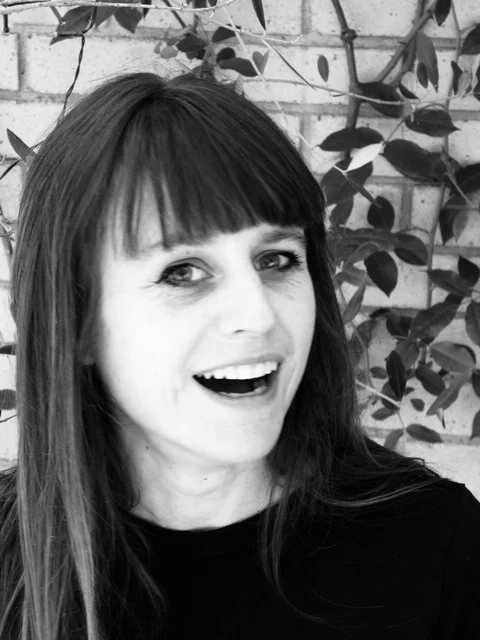By Esther Ramsay-Jones whose mother recently died after living for a short time with brain cancer
1. Therapists are human so when they grieve, they experience intense and dislocating feelings, too.
In grief, therapists, whose main preoccupation tends to be the internal world, will notice, perhaps acutely, their own oscillation between moments of fragility and robustness. This may mean that they are more able to grasp the emotional paradoxes that those who are bereaved are experiencing in the room with them.
2. Talking therapy is not always about talking.
My mother died of a glioblastoma. She had been an English teacher; the spoken word gave her great pleasure. As the tumour grew, her language began to escape her, her world becoming a colour-coded one; as a family we learned to translate, to fill in the gaps. Working with people who are moving into post-verbal states, those with brain tumours or with advanced stages of dementia, you see that the cleverness of words is not as vital as holding, mirroring, bearing witness to the fragments of people’s stories and responding intuitively to bodily cues, feeling states. There is an intimacy in this kind of relating that can’t be underestimated.
3. There will always be clients who remind us of people we have known in our own lifetimes, particularly the person we are grieving.
When the behavioural traits, the accents, a certain glance or a gentle smile reminds me of my mother, I clock it, bracket it off in my mind, and note that this particular session may stir up pain in me that might not be my client’s but my own. It’s time to slow down, listen, tease things apart and pay greater attention. When I hear about someone with a glioblastoma in team meetings, about the associated steroids, the possible seizures, falls, behavioural changes, I go straight back to my mother’s experience of dying. It chokes, and sometimes I hold in tears. There is something about the medicalised distanced language and lists, although necessary, which forces me to consider the fullness of the human experience every time.
4. When we are grieving, sometimes we soften.
Therapists might have adhered to certain theoretical models in their work. But now, in grief, we might question them in the same way that grief can make religious followers question their gods. Before I might have talked about people idealising the dead, splitting off any ambivalent feeling for fear of damaging a person’s memory. But now I wonder if it is more often the case that our love for those who have died quite simply blows up their goodnesses in technicolour: it’s these parts of them that may in fact inform our next moves through life.
5. Therapists who are grieving still don’t know your grief.
A grieving therapist may understand grief better than before, but we still have to get to know you to get to know your experience. Though sadness is arguably a universal response to someone’s final absence, your grief is different to ours because you, your family system, your emotional repertoire, your cultural markers of grief are unique to you. Therapy is about relating and creating meaning together, client and therapist; both parties will sit at times with knowing and not-knowing how the pain of loss will unfold.
About Esther Ramsay-Jones
Esther is a psychotherapist working in palliative care, working with people with life-limiting conditions and their family members. Her own mother recently died after living for a short time with brain cancer.
She is author of Holding Time: Human Need and Relationships in Dementia Care, to be published by Free Association Books on 30 September 2019. She is currently writing a second book on death, dying and bereavement. You can follow Esther on Instagram.



